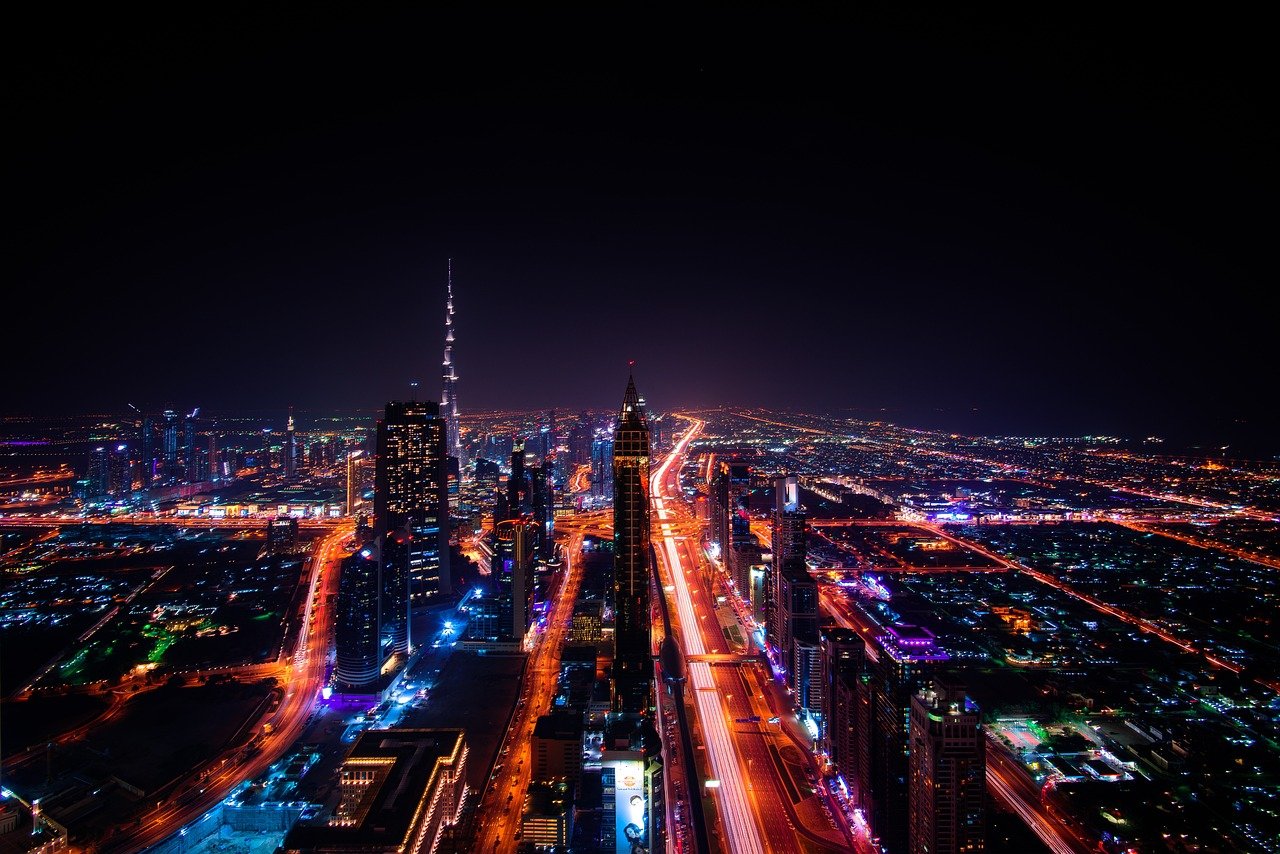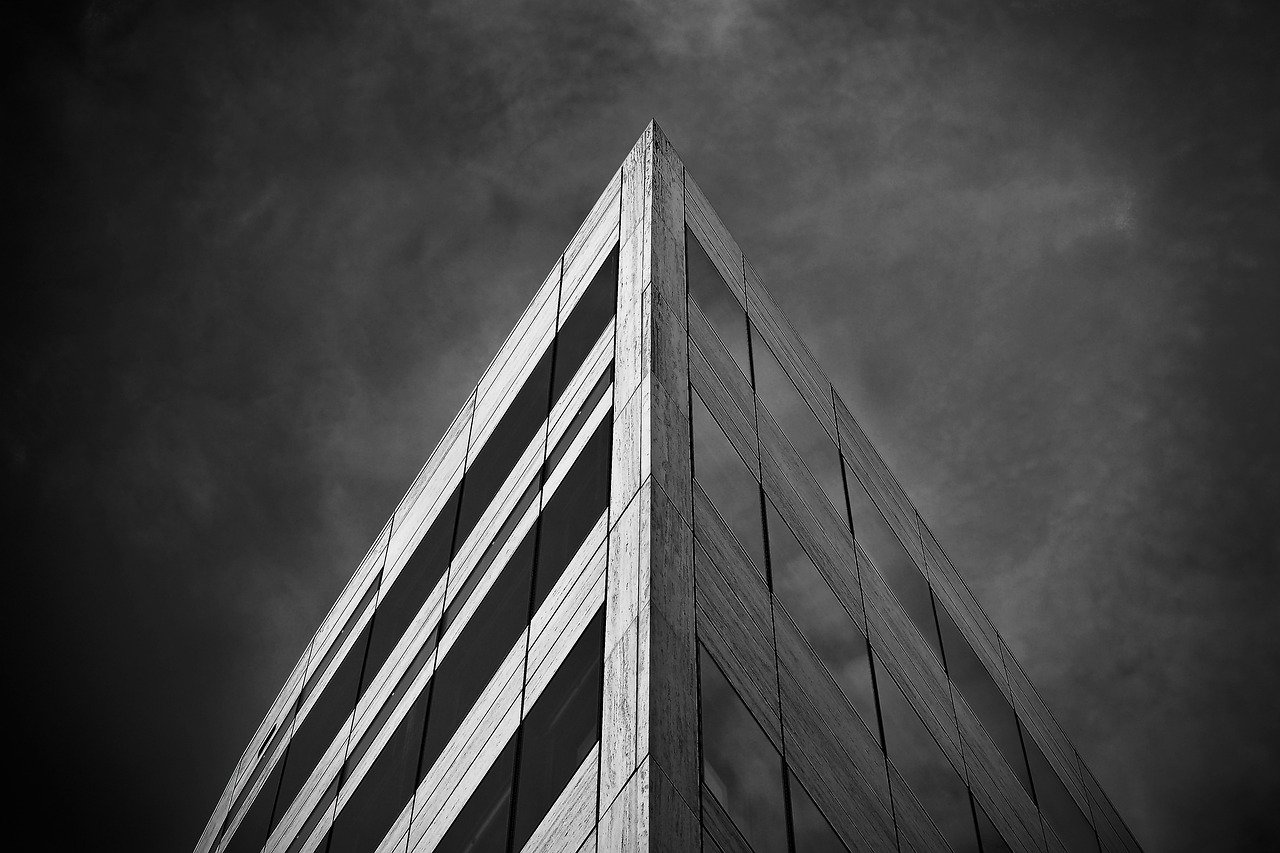Tallest Building
As an adventurer with a thirst for new horizons, you’ve heard hushed whispers and exchanged notes about the world’s tallest building, but how much do you truly know about it? Prepare to have your curiosity satisfied and your travel bucket list expanded, as this article tilts your perspective skywards and provides in-depth insights about this architectural marvel that has rewritten the rules of gravity and design. So, grab your virtual passport, because it’s time to explore the dizzying heights of the world’s tallest building.

Defining the Tallest Building
If you’ve ever stared up at a skyscraper and wondered “Just how tall can buildings get?” then you’re not alone. It’s a question humans have been asking ever since we started to build structures. But before we delve into this soaring subject, let’s first get a grip on what we mean when we talk about the ‘tallest’ building.
Understanding the concept of ‘tallest’
Not as straightforward as it might seem, the concept of ‘tallest’ can be a tricky one. After all, are we talking about the highest occupied floor? The tip of the radio antenna? Or perhaps the highest structural component? Depending on what you’re measuring, different buildings might win the title of ‘tallest’.
Measurement standards for tall buildings
The Council on tall buildings and Urban Habitat (CTBUH) is the international body responsible for setting the standards for measuring buildings. They consider factors such as pinnacle height, roof height, and highest occupied floor, with currently the height to architectural top being the main criteria to define the tallest building.
Current recognized tallest building
As of now, the Burj Khalifa in Dubai, United Arab Emirates, takes the crown as the tallest man-made structure in the world, standing at an astonishing 828 meters (2,722 feet) tall.
History of Tallest Buildings
But the Burj Khalifa is just the latest in a long line of structures vying for the title. Let’s take a walk through the pages of history and see how our buildings have soared to new heights.
Tall structures in ancient times
The ancient world saw some towering achievements in construction. The Great Pyramid of Giza, built over 4500 years ago, held the title for the tallest structure for a staggering 3,800 years, reaching a height of roughly 146 meters (480 feet).
Growth of skyscrapers in the 20th century
As our cities grew in the 20th century, so too did our buildings. New construction techniques made it possible to build taller and taller structures. The Chrysler Building in New York City was one of the leaders in this high-rise boom, becoming the world’s tallest building in 1930.
Records over time for the tallest building
Over time, the title of the tallest building has been passed from continent to continent, reflecting changes in economic power and advancements in construction technology. Buildings such as the Empire State Building, the Twin Towers, the Sears (now Willis) Tower, and the Petronas Towers have all held the title at different times.
Engineering Marvels of Tallest Buildings
Behind the façade of steel and glass, tall buildings represent remarkable achievements in architecture and engineering. Let’s look at some of the hurdles they overcome and the innovative techniques used to build these behemoths of steel and concrete.
Architectural and engineering challenges
Building tall is an architectural puzzle. It requires precise calculations and meticulous design to ensure the building can withstand the force of the wind, the weight of the building itself, and even earthquakes.
Innovative materials and construction techniques
Modern skyscrapers are only possible through the use of groundbreaking materials and building methods. Steel and reinforced concrete provide the strength and flexibility needed to climb to such dizzying heights, while high-speed elevators and specialized cranes enable construction and access to these towers.
Impacts of weather and seismic events on design
A towering skyscraper isn’t just a static structure, it needs to move and sway with the wind and the earth to avoid collapsing. Architects and engineers use ingenious methods to dampen these movements and keep everything stable, often using complex internal systems of counterweights and shock absorbers.
Famous Tallest Buildings Around The World
If you’re building tall, chances are you’re also building to impress. Let’s take a whistle-stop tour of some of the most awe-inspiring tall buildings around the globe.
Burj Khalifa in Dubai, United Arab Emirates
Currently the tallest building in the world, Burj Khalifa is an architect’s dream. Its unique, spiraling design is inspired by the patterns found in Islamic architecture.
Shanghai Tower in Shanghai, China
Standing at 632 meters (2,073 feet), the Shanghai Tower boasts the title of the second tallest building. What’s more, it’s known for its sleek, twisting design and eco-friendly technology.
Abraj Al-Bait Clock Tower in Mecca, Saudi Arabia
At 601 meters (1,972 feet), the clock tower of the Abraj Al-Bait Endowment isn’t just tall, it’s also one of the largest buildings in the world by floor area, and equally stunning with its grandiose design and massive clock face.

Economic Impact of Tallest Buildings
Building tall isn’t just about breaking records, it’s also about dollars and cents. Let’s dive into the economic impact of these towering figures.
Costs of constructing tall buildings
The construction of skyscrapers can be incredibly expensive, with costs rising exponentially with every floor. For instance, the cost of building Burj Khalifa was an estimated $1.5 billion.
Economic benefits and drawbacks
On the other hand, skyscrapers can significantly add to the economic vitality of a city, fostering business and tourism. They can also, however, lead to gentrification and inequality in housing.
Tallest buildings as symbols of economic power
Often, tall buildings are used as symbols of a city or even a nation’s economic power and ambition, showcasing their ability to finance and complete world-beating projects.
Environmental Impact of Tallest Buildings
There’s no denying that skyscrapers have a substantial footprint. But it’s not just about the land they sit on, these giants also consume vast amounts of energy and contribute significantly to urban heat.
Energy consumption and efficiency in tall buildings
Due to their size, skyscrapers can consume massive amounts of energy for heating, cooling, and lighting. On the flip side, advancements in green architecture and technology are paving the way for more energy-efficient designs.
Tall buildings and urban heat island effect
Packed with concrete and steel, skyscrapers can contribute to the ‘urban heat island’ effect, where certain areas of the city become much hotter than the surrounding rural areas due to human activity.
Sustainability practices in constructing tall buildings
Although skyscrapers traditionally represent a type of architecture that’s resource-intensive, recent trends aim for more sustainable practices in building design and construction. This includes using recycled materials, incorporating green spaces, and utilizing renewable energy.

Social and Cultural Significance of Tallest Buildings
Skyscrapers aren’t just feats of engineering, they’re also cultural icons. They shape the cityscape, become landmarks, and permeate our popular culture.
Tallest buildings as tourist attractions
These skyscrapers invariably become major tourist attractions, pulling in millions of visitors each year who are eager to take in the view from the observation deck or just simply to gaze up in awe from the street below.
Depictions of tallest buildings in popular culture
Skyscrapers have become symbols of human achievement, often depicted in films, books, and other forms of popular culture as epitomes of prosperity and innovation.
Symbolism and cultural meanings of tall buildings
The symbolism of these structures often goes further than their stunning views and economic significance. They become reflections of a nation’s aspirations and cultural ethos, making powerful political statements, or simply standing as symbols of a city’s individuality.
Safety and Security in Tallest Buildings
Ensuring the safety and security of the people inside these soaring structures is a paramount concern for architects and engineers.
Fire safety and evacuation plans in tall buildings
Tall buildings present unique fire safety challenges. Advanced fire suppression systems, evacuation plans, and building materials are all important components of a building’s safety profile.
Security challenges and solutions in tall buildings
From terrorist threats to everyday crimes, providing security in these buildings is a complex task. Security personnel, surveillance systems, and architectural design all play a part in keeping the inhabitants safe.
Impact of disasters on tall buildings
Whether it’s earthquakes, hurricanes or other forms of natural disasters, tall buildings must be designed to resist substantial forces and stay standing when nature delivers its worst.
Future of Tallest Buildings
Looking ahead, the science of skyscrapers will continue to evolve. But what could the future hold for these icons of our cities?
Emerging trends in skycraper design
Future skyscrapers might look radically different from today’s steel and glass giants. With new materials and building methods, architects are pushing the boundaries of what’s possible, exploring concepts like vertical forests, 3D printed buildings, and more.
Impact of technology on future tall buildings
Emerging technology, like AI and VR, will continue to play a major role in the design and construction of skyscrapers, bringing about smarter, safer and more efficient buildings.
Prospects for the ‘world’s tallest building’ title
The race to construct the world’s tallest building is always ongoing. And with modern engineering capabilities, it’s obvious that we’ll continue to see structures reach new heights.
Traveling to Tallest Buildings
And finally, if you fancy getting a closer look at these vertical wonders, why not pay them a visit?
How to visit the world’s tallest buildings
Many of the world’s tallest buildings offer tours or have public viewing platforms, allowing you to admire panoramic views of the city below. Advanced booking is generally recommended due to their popularity.
Travel guides for key cities with tall buildings
When visiting cities with record-breaking buildings, make sure to research all the things to do, eat, and see around the skyscrapers. These cities are usually vibrant urban landscapes bursting with cultural, culinary and architectural delights.
Unique experiences at the top of tall buildings
Each skyscraper offers their own unique experiences. Whether it’s dining in the world’s highest restaurant in the Burj Khalifa, or walking on the glass floor of the CN Tower in Toronto, taking a trip to the top can be an unforgettable adventure.
So, in reality, the world’s tallest buildings offer much more than just their impressive height. They’re a testament to our artistic vision, engineering prowess and perseverance in pushing boundaries. The sky, as they say, is truly the limit.




